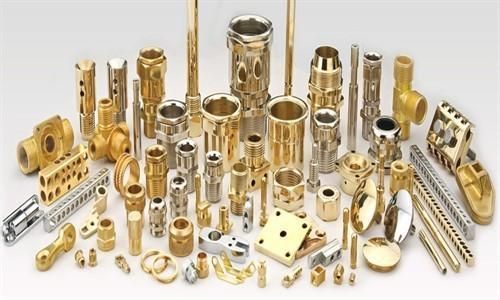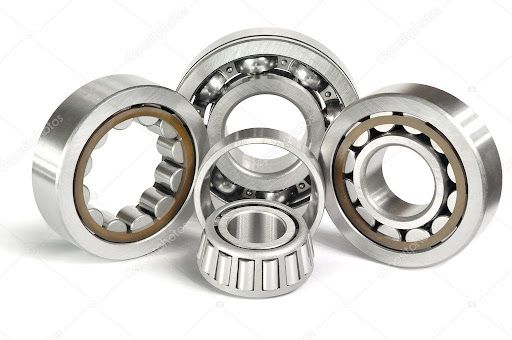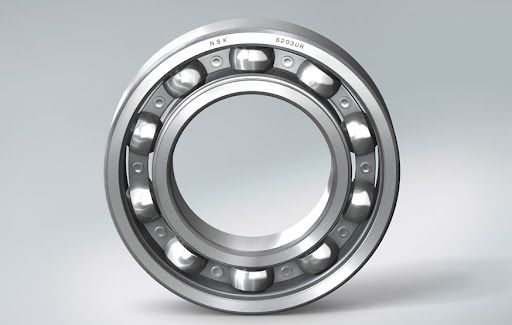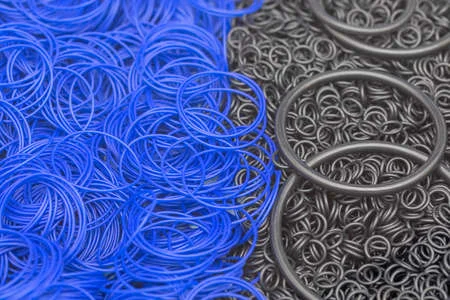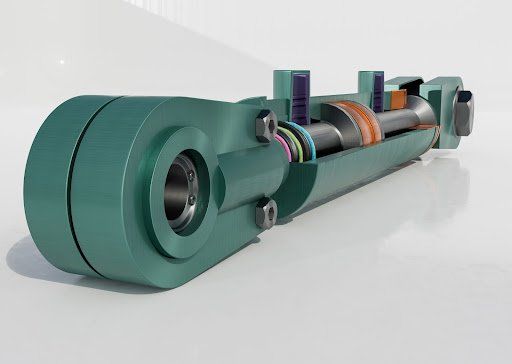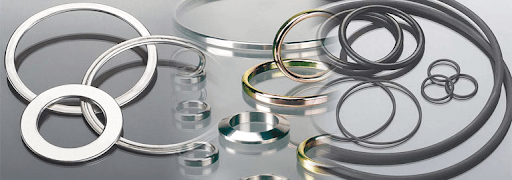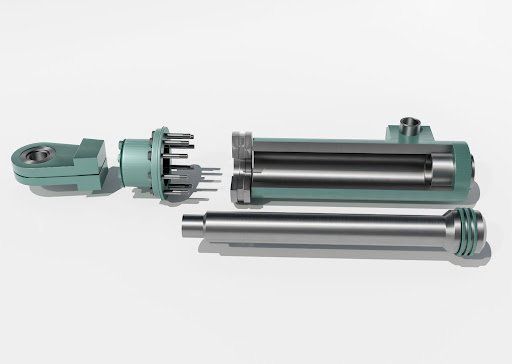Synchronous Drive Gear-Belts - All You Need to Know
Synchronous Drive Gear-Belts - All You Need to Know
Synchronous drive gear-belts, also known as toothed belts, timing belts, cog or cogged belts, are an essential part of many mechanical devices that require high-powered transmission . In simple terms, they are flexible belts with an inner surface that has been moulded with teeth. During operation, they are designed to run over pulleys or sprockets with matching teeth, ensuring that the belt remains in place and does not slip.
Purpose And Function
The basic purpose of synchronous drive gear-belts is to transfer motion. When these belts have been correctly matched and tensioned with their respective pulleys or sprockets, there should be no slippage, resulting in a smooth transfer of motion for timing and indexing (the source of their other names). They’re commonly used as an alternative for chains or gears, with the advantage that gear-belts produce far less noise and require little to no lubrication.
Various Applications
Synchronous drive gear-belts are known for being able to produce and deliver more power than your average friction-drive belts, so they’re often used in high-power transmissions such as automobile and motorcycle engines. They’re even used to power the high-speed, two-stroke engines of Microlight aircraft, as well as Harley-Davidson motorcycles and the supercharger used in dragsters! Gear-belts are also found in more common mechanical devices such as sewing machines and photocopiers.
Materials And Fabrication
Machines that use synchronous drive gear-belts rely heavily on the belt’s quality and lifespan. If the belt becomes worn or breaks, the machine cannot run, and it could cause a catastrophic failure. Originally, gear-belts were made simply from a natural textile covered by natural rubber, but advancements in synthetic materials have made a significant difference in extending the belts’ lifespan. Today, gear-belts are being made from synthetic rubber, polyurethane, nylon, Kevlar and carbon fibres, all of which aim to reinforce the structure and integrity of the belt.
Bearing Centre stocks a comprehensive range of transmission products and solutions. We ensure that all our products and solutions are the best in their class, giving our customers the peace of mind that they need when making a purchase. Contact us today for more information.

